Even WOTAN would be impressed with the power of AI! But what does it mean for the future of missing Doctor Who episodes?
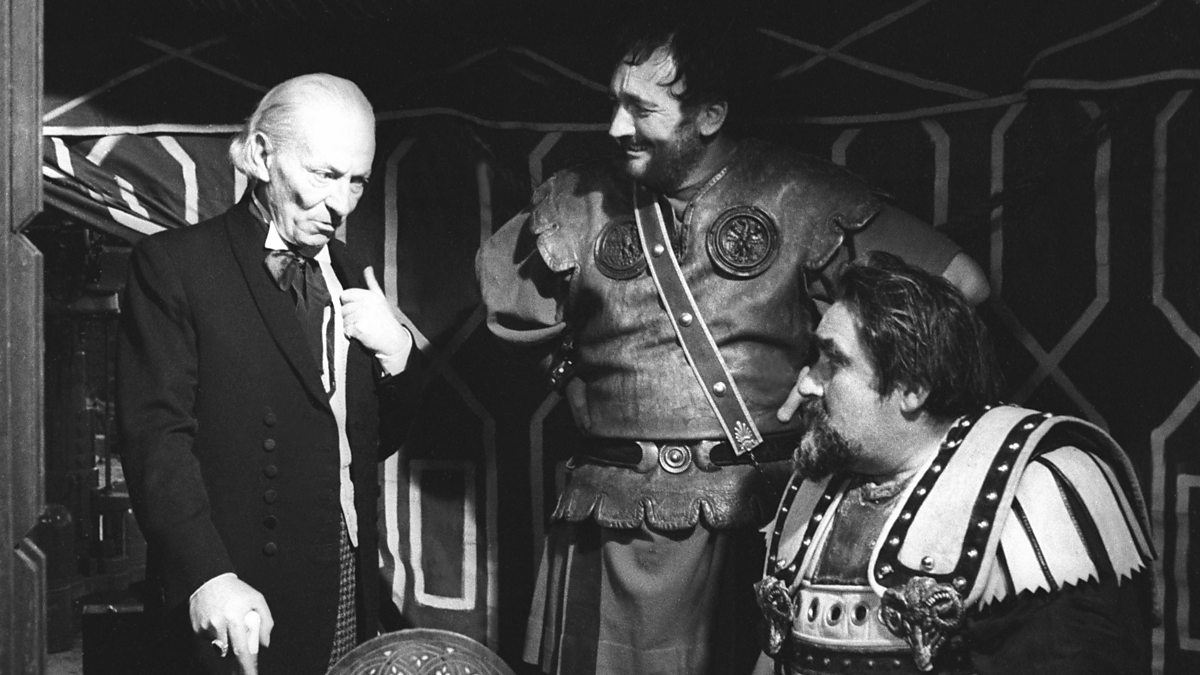
Everyone has an opinion on the best way to enjoy missing Doctor Who episodes. In the early days, fans had to rely solely on the audio soundtracks – not that this is a bad thing. We’re lucky to have them, and they only exist because dedicated fans recorded the episodes’ audio during the original broadcasts.
As time progressed, the Loose Canon reconstructions grew in popularity among fans. These were video recreations of missing Doctor Who episodes which combined the soundtracks with telesnaps, production stills, newly-generated imagery and subtitles to breathe new life into the lost classics.
In fact, many fans still enjoy these videos to this day, although now of course there are a plethora of animated options to choose from, too. And in fact, the majority of the missing Doctor Who episodes have now been given the animated treatment, such is the relative affordability and efficiency of the process, compared to how it used to be; computers are quicker and more powerful than they were in the early 2000s.
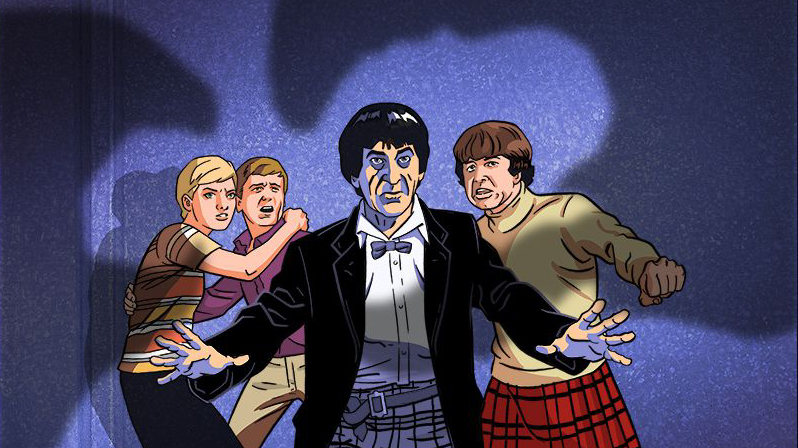
This power now lends itself to the very real possibility that missing Doctor Who episodes could, conceivably, be recreated using artificial intelligence, or AI. Indeed, it’s almost scary what AI can achieve these days; entirely new pieces of footage can be conjured out of the ether, making it near-impossible to determine if something was filmed by a human being or forged in the mind of a machine.
And so, in theory, it is possible to recreate an entire missing Doctor Who episode from scratch in such a way that it is indistinguishable from an original piece of 60s television. As somebody once said, “Computers can draw!”
The key phrase here is “in theory,” because the amount of programming that would be required is enormous. Presumably, the software would have to be fed all of the necessary information about the appearance of the characters and the sets, and their animations (including mouth movements) would have to be synchronised to the soundtracks, and then the episodes would have to be cut together in such a way that made sense, and reflected the 1960s production style.
The costs from such a process would, doubtless, be astronomical, largely because of the ‘man hours’ involved, and the high degree of human intervention – at this stage, anyway.
That being said, it may not be necessary to recreate all of the missing Doctor Who episodes in this manner. Because, as mentioned previously, we already have a stockpile of telesnaps and production stills from a number of missing Doctor Who episodes which could be given to an AI to extrapolate from. It wouldn’t have to create William Hartnell from scratch; it could use the information from the photos, and automatically synchronise the actor’s lip movements from the soundtrack.
This is something that is achievable right now. The biggest question is which style is better, and which do people prefer? Because this process is more akin to animation than pure AI image generation; people would, essentially, be looking at animated photographs rather than hand-drawn assets.
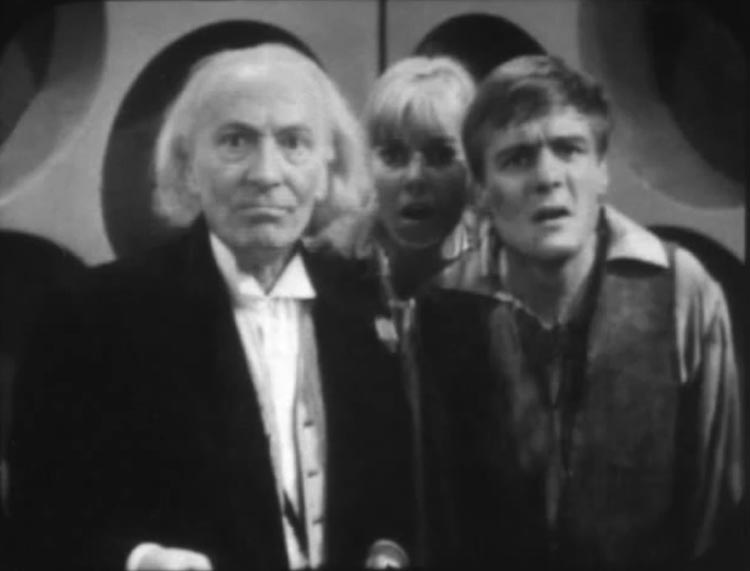
(C) BBc
The advantage of recreating missing Doctor Who episodes in this way is the authenticity. Arguably, the telesnaps from a missing Doctor Who story are always going to the closest match to the originals, because they were literally taken from a TV screen as the episode was broadcast. So if fans are seeking to get the closest, most authentic visual and auditory match to a missing Doctor Who episode, this is undoubtedly the way to go.
On the other hand, there have been other projects which have sought more of a compromise. The animations for the missing Doctor Who episodes of ‘The Invasion,’ for example, used traditional cartoon animation, but strove to capture the essence of the lost instalments. For instance, the team opted to use black and white over colour, and tried to frame the shots in such a way that matched the 60s production style, with small sets and tight close-ups.
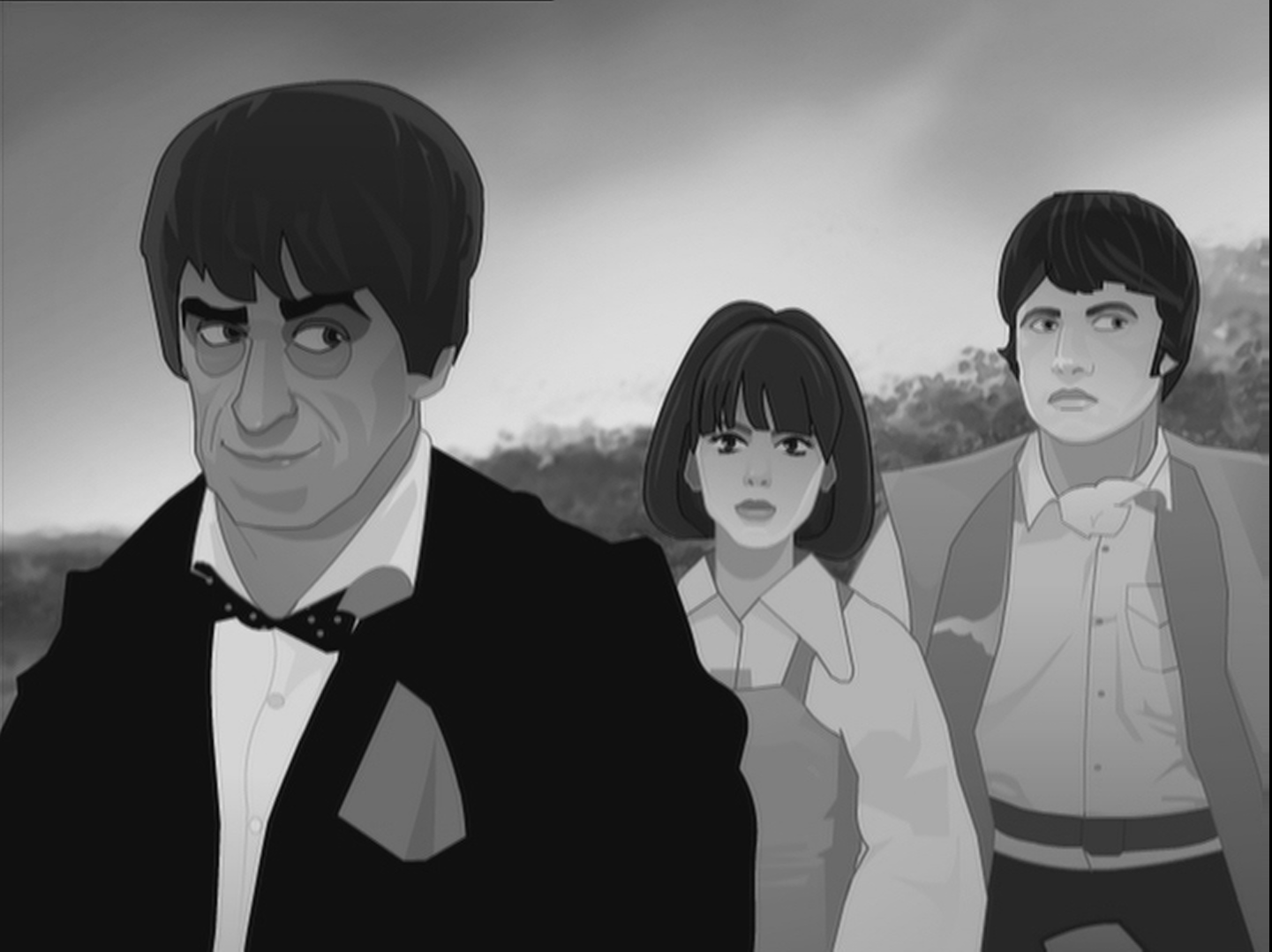
Other animations of missing Doctor Who episodes have gone in completely the other direction. The advantage of animation, of course, is that it imposes no limits on the scale of a story, and some recreations have given Doctor Who the full Hollywood treatment. The animated ‘Fury from the Deep,’ for example, gives the impression that the story had a multi-million pound budget, with movie-style sea creatures and elaborate, expansive sets which are a fry cry from the ones originally constructed in Lime Grove.

But is this a better approach? In truth, it comes down to preference. On the one hand, such an aesthetic fails to capture the essence of what these missing Doctor Who episodes were really like. But on the other, it breathes new life into the lost classics, and takes full advantage of the medium of animation.
One avenue that has never really been explored is that of 3D animation, in the style of a Pixar movie. Some projects have come close to it, such as ‘The Web of Fear‘ episode three, and ‘The Celestial Toymaker,’ and of course it’s a very unique aesthetic that is not to everyone’s taste.
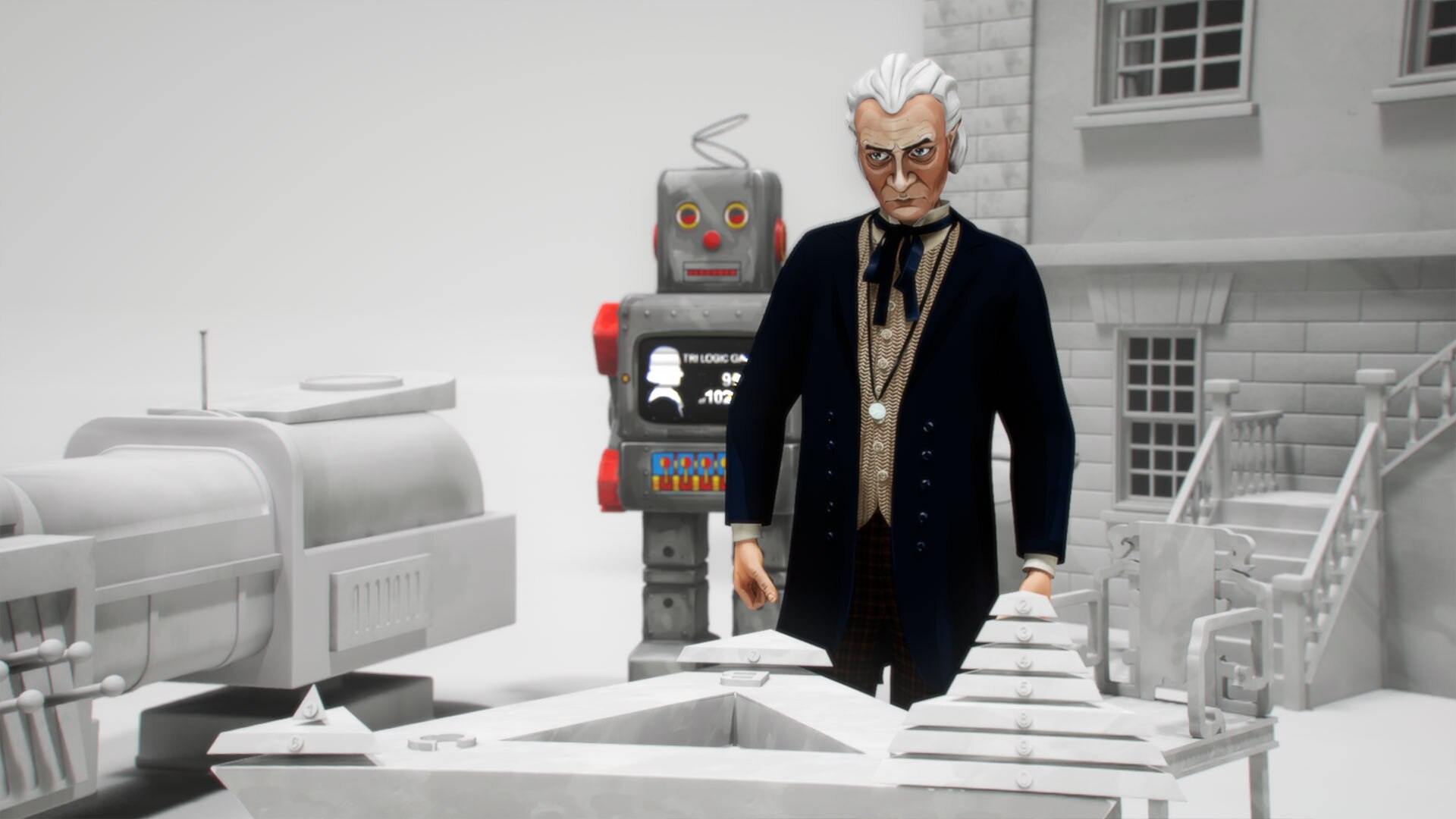
AI, therefore, is probably the best way to recreate missing Doctor Who episodes when it comes to accuracy and authenticity. But the big question is whether such an endeavour is commercially viable, and whether there is a genuine appetite for such a stylistic approach. Ultimately, it all comes down to who these animations are really for, and what that audience wants from its vintage Doctor Who. Should ‘The Abominable Snowmen‘ look like a big budget American blockbuster, or should it evoke the fuzzy charm of 60s TV?
Over to you, reader. Would you like to see an AI-generated missing Doctor Who episode? Or do you prefer traditional animation? Let us know in the comments below.
Shop on Amazon
Latest posts
- Doctor Who: 5 reasons to watch The Christmas Invasion
- The strangest Doctor Who missing episode discoveries
- Which Doctor Who story should they edit next?
- Doctor Who Season 12 merch materialises at Lovarzi
- Doctor Who: 5 reasons to watch The Sea Devils



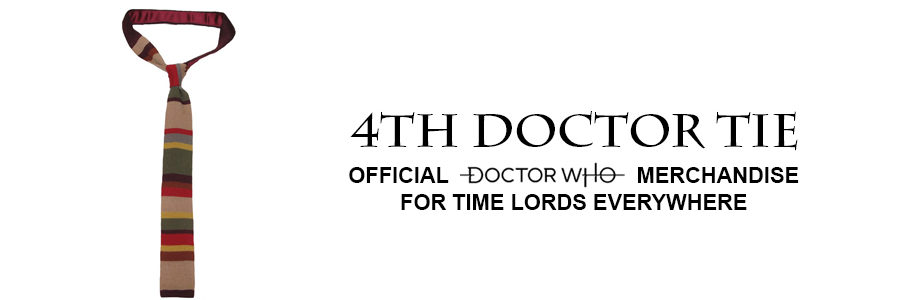




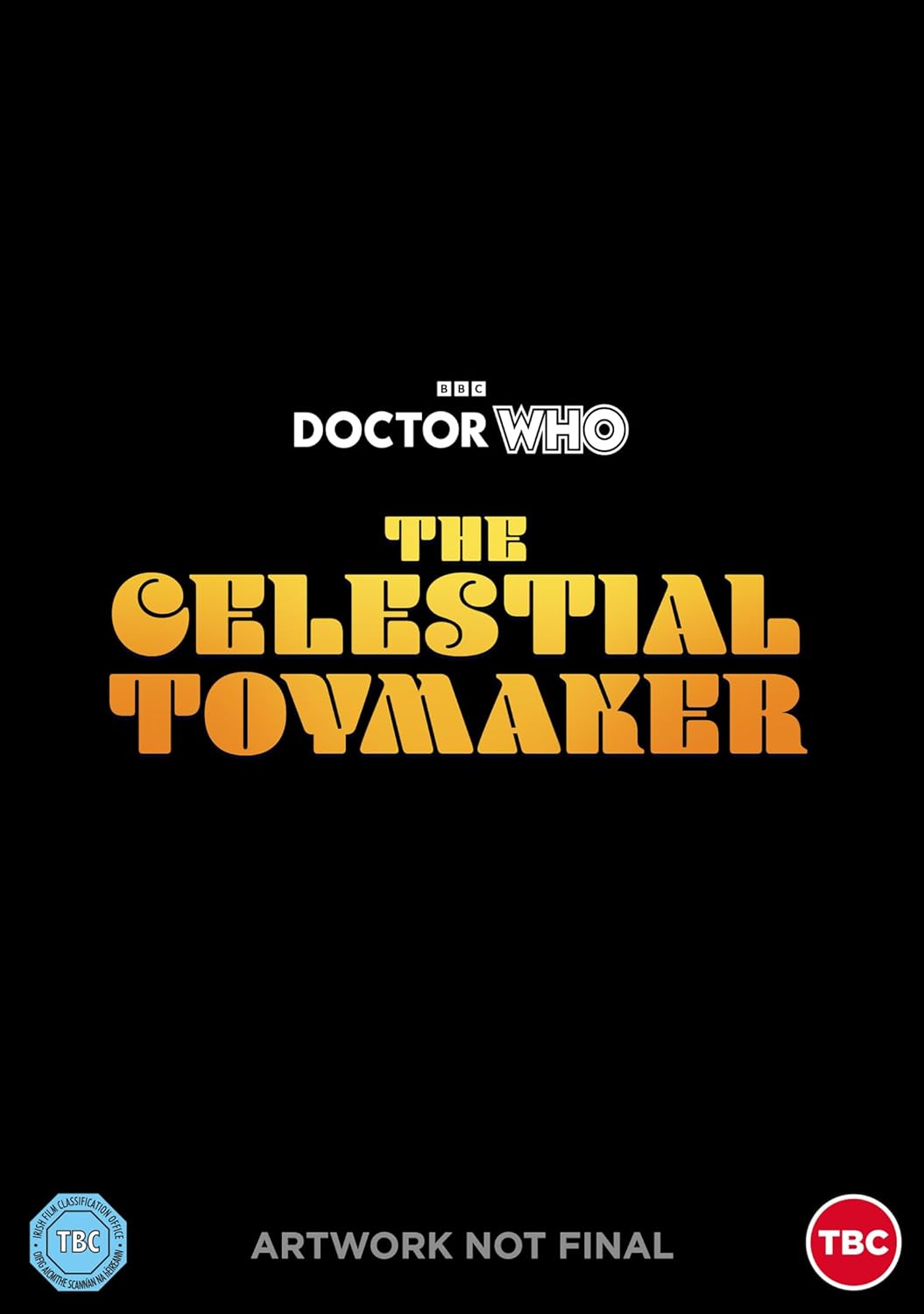
If we cannot have the original episodes then the best alternative is novelisations.
I particularly would like to see episode 4 of The Tenth Planet and the whole of Power Of The Daleks recreated to near enough it’s former glory linking the eras of the first two doctors with AI if it proves successful, I never saw them when they were first shown, It would be nice to see them near enough as they were first shown, Considering The War Machines was once missing, It’s good to see that near enough complete, I know they have cheated a bit with some of the scenes on episodes 3 and 4, At least it all makes sense, but I wish one of the professors didn’t keep calling the doctor, Dr Who, He was always called ” The Doctor” and Dr Who was only the name of the programme, I assume it was because they called him “Dr Who” in the two Peter Cushing films because Warner Brothers misunderstood, As far I know Verity Lambert never intended to call him “Dr Who”.